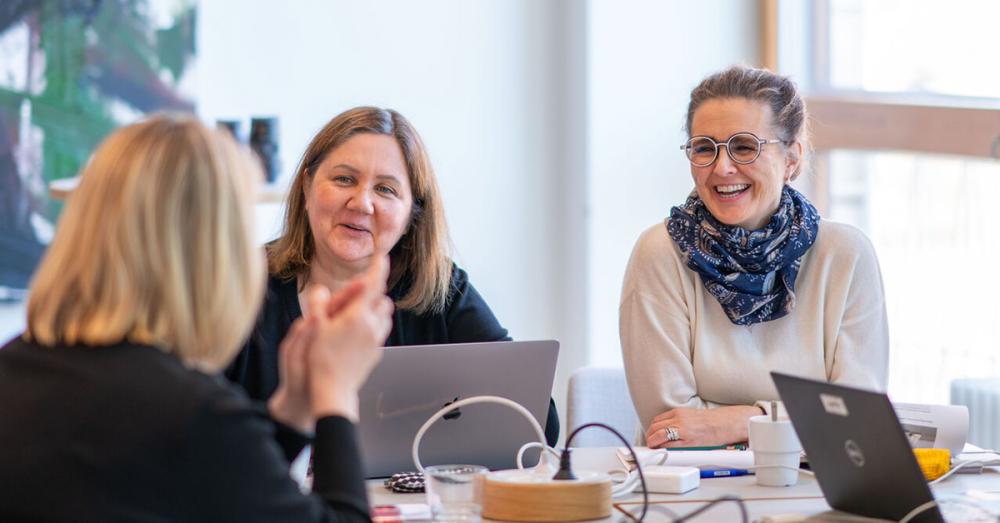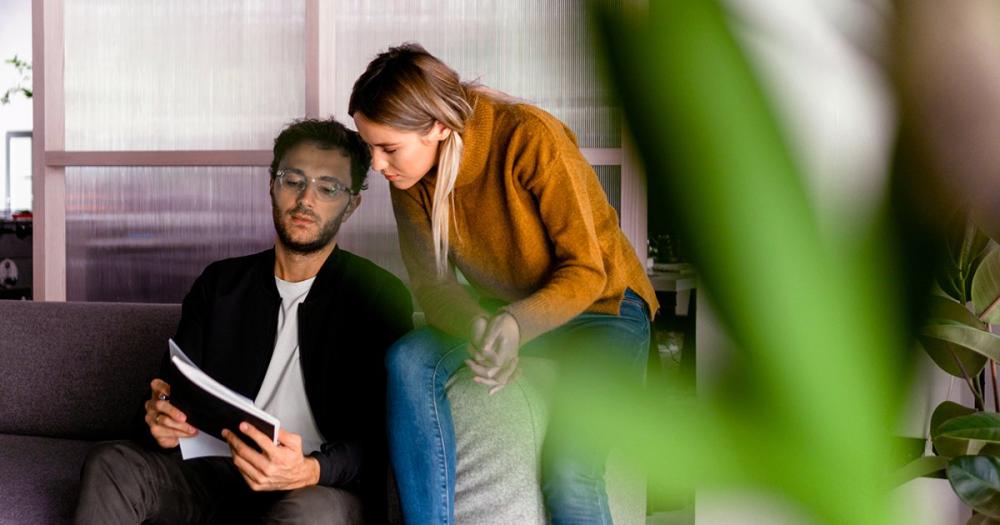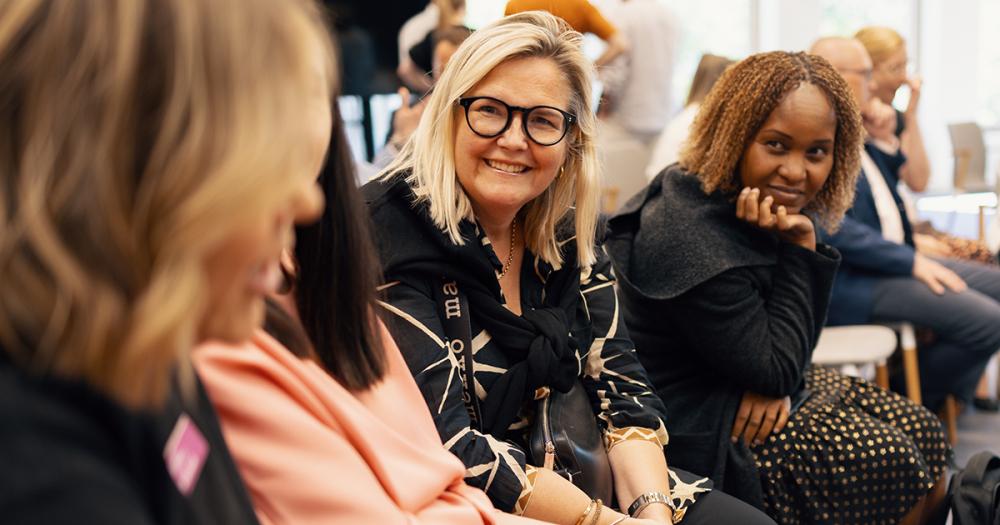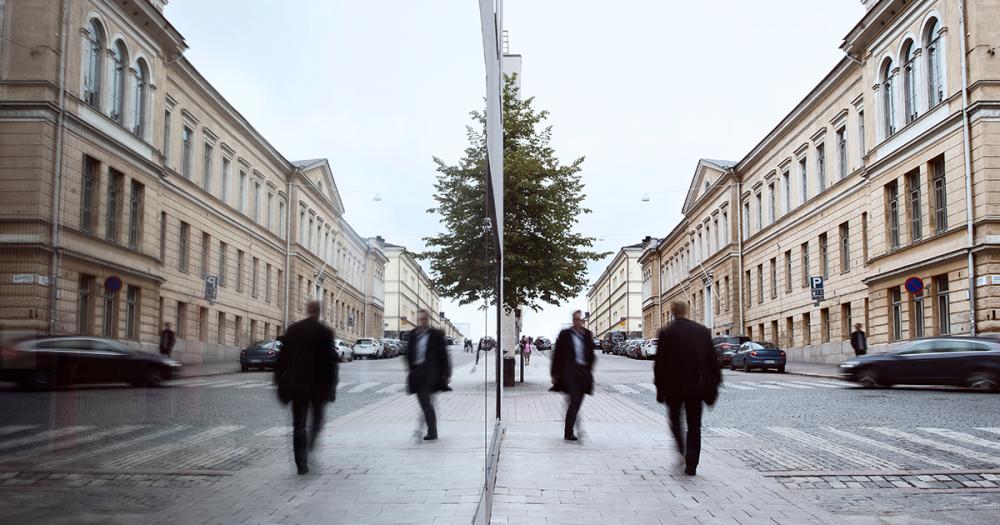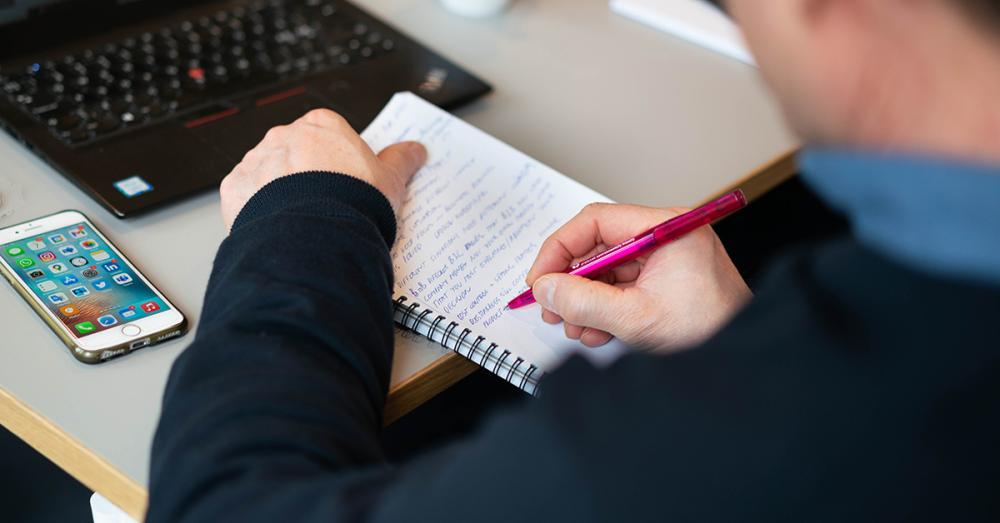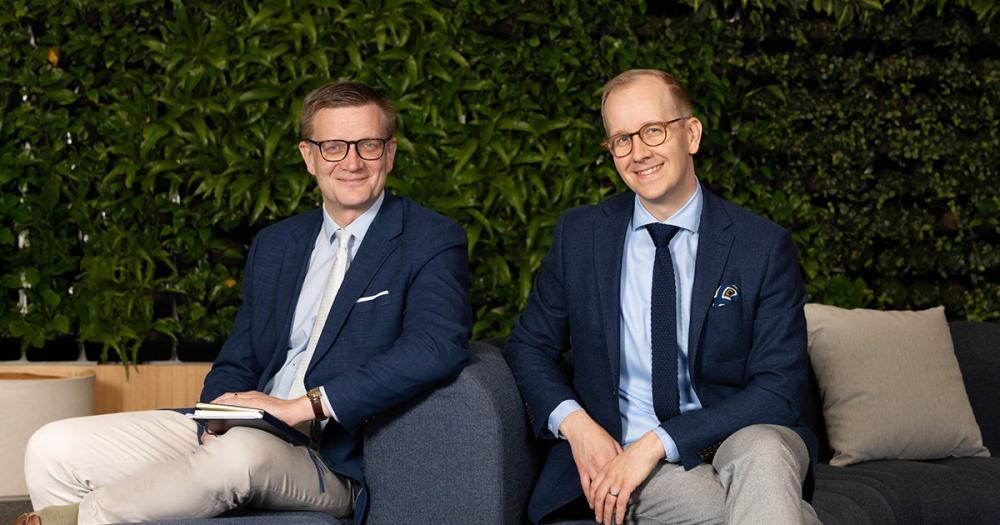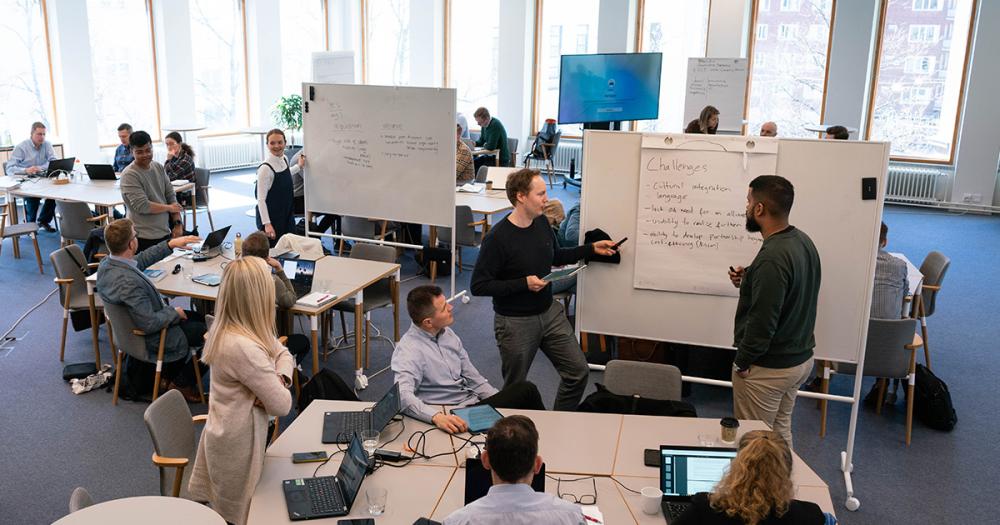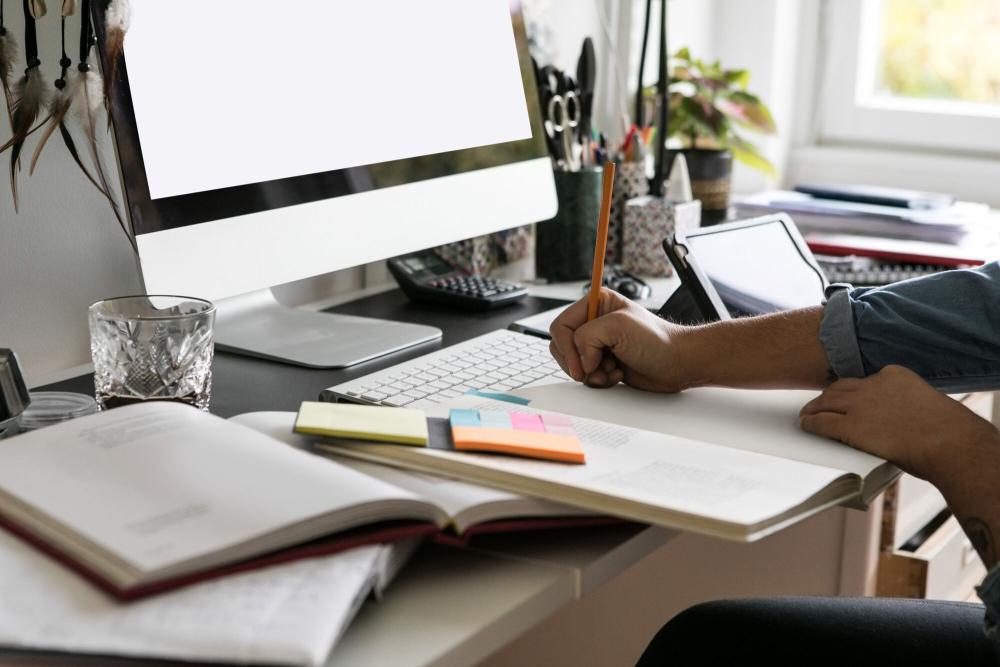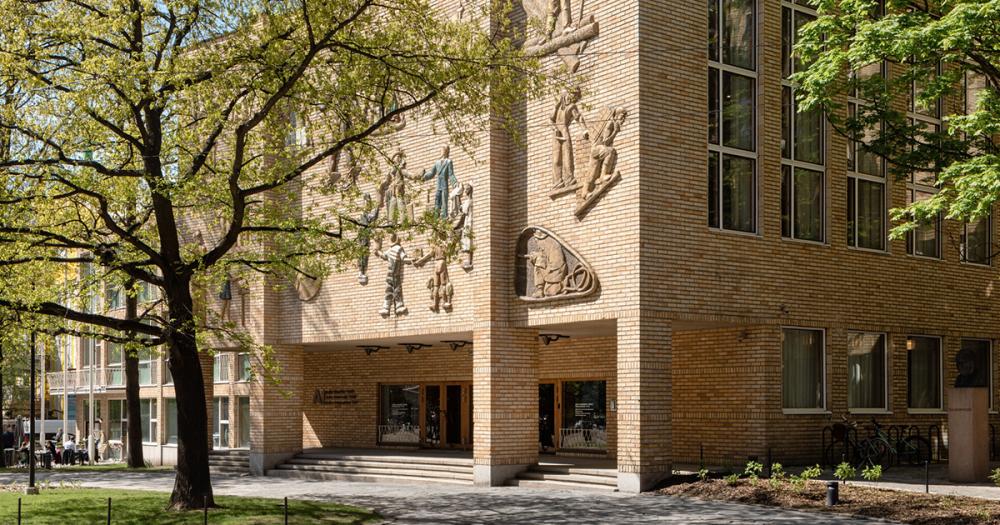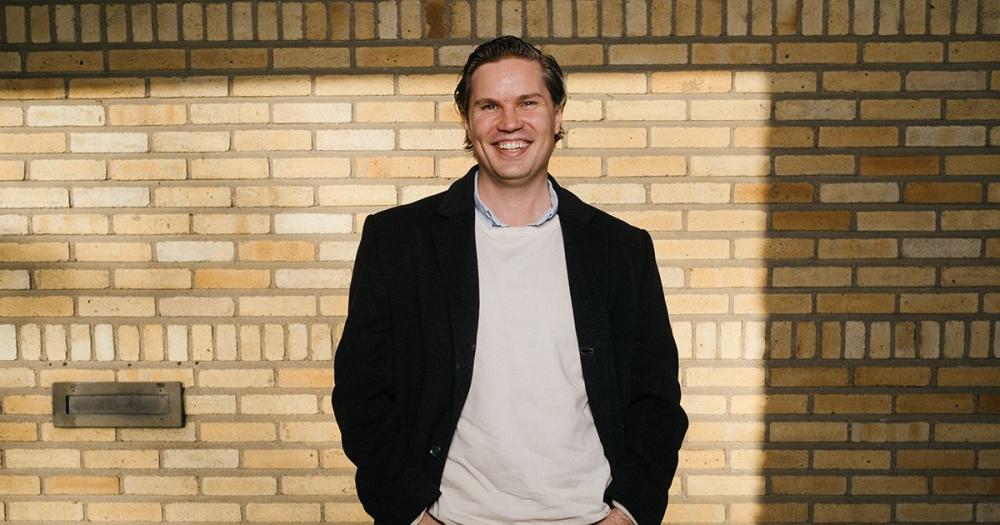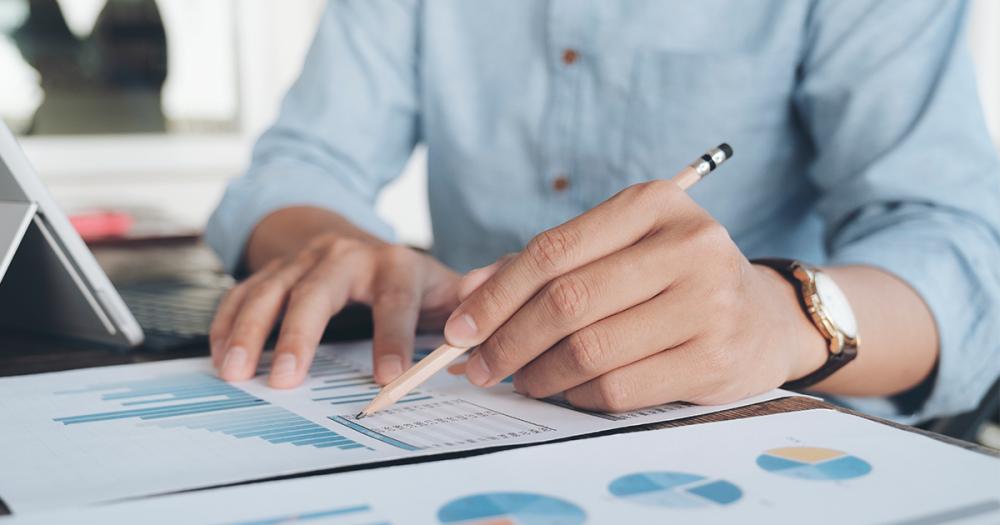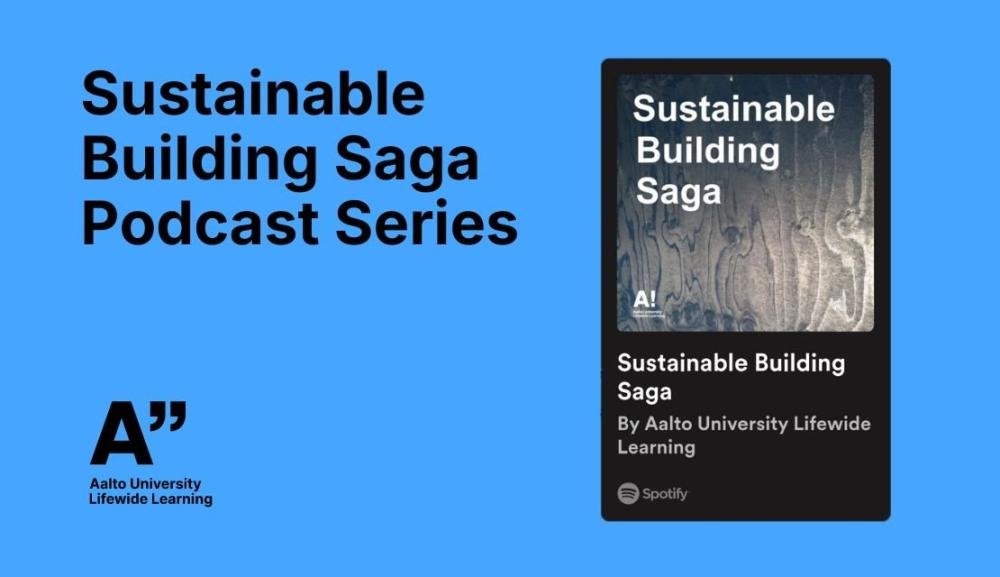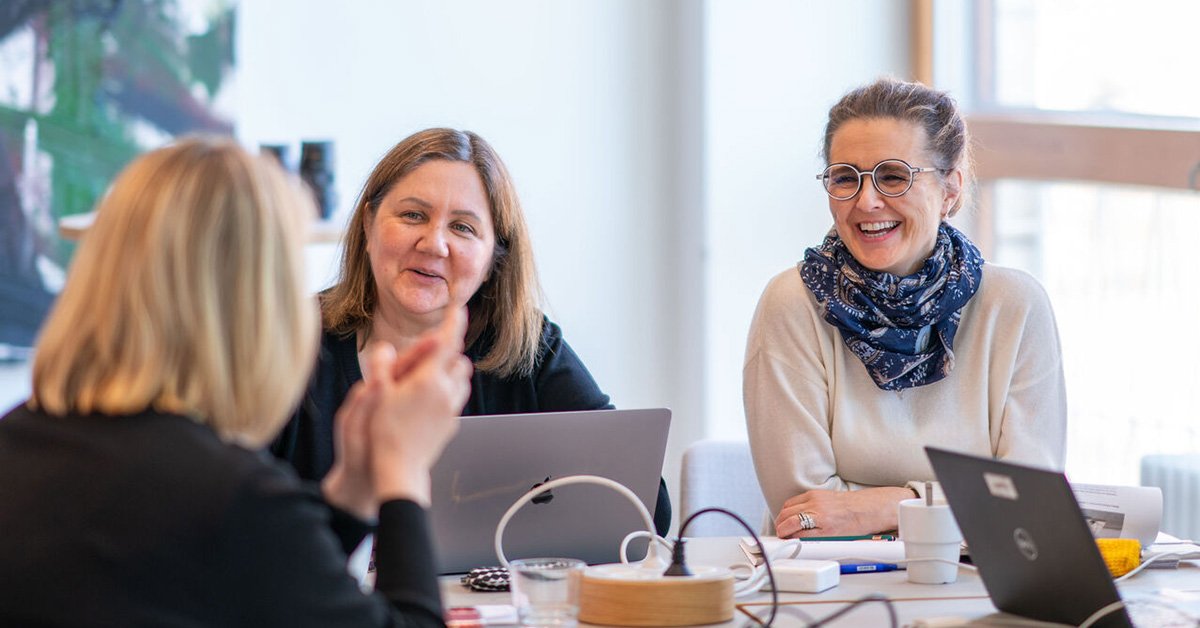Strategic Sustainability for Business
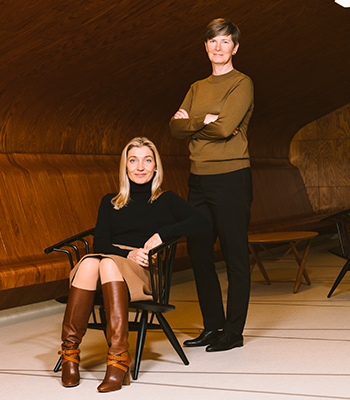 Sustainability and profit are equally important at Vieser
Sustainability and profit are equally important at Vieser
Sustainability was recently made a strategic spearhead project at Vieser Ltd. The company’s CEO Annika Jyllilä-Vertigans, Head of Sustainability, R&D and Quality Esa Mouhu and Head of Portfolio and Strategic Sourcing Janina Ollberg participated in Aalto EE and UC Berkeley Executive Education’s jointly created Strategic Sustainability for Business program to obtain new ideas for promoting sustainable business.
Sustainability in itself is not a novel concept for Vieser. It is part of the foundation that the company was originally built upon.
“Vieser was born in 1973 to solve a concrete problem in our built environment: cast iron floor drains were prone to rusting, and when they leaked, they caused water damage and shortened the life cycle of buildings. Vieser’s floor drains resolved this dilemma. They help prevent water damage and thus lengthen the life cycle of buildings,” Annika Jyllilä-Vertigans explains.
We gained a comprehensive outlook on sustainability, which enables us to explain sustainability issues to others internally."
The threesome decided to participate in the training program together to gain new ideas and a shared vocabulary for dealing with sustainability issues.
“Almost immediately after making sustainability a strategic Must Win battle, we noticed that we were all using very different terminology to discuss the issues. When a visionary, a pragmatist and an engineer sit down to talk and everyone is using wildly different concepts, it is rather challenging to advance issues,” Annika Jyllilä-Vertigans emphasizes.
“Now we have a shared vocabulary. We also gained a comprehensive outlook on sustainability, which enables us to explain sustainability issues to others internally. All three of us now act as sustainability ambassadors at Vieser, using our own mandate to promote sustainability in our different functions,” Esa Mouhu adds.
Purpose must be determined by top management
One of the key concepts introduced during the training, Variance of purpose, was implemented at Vieser almost immediately. In essence, it means that top management and the board must determine where the company stands in terms of striving for sustainability or profit.
“How strongly does the company emphasize sustainability and how strongly does it emphasize profit? The possible scale is considerable. On one end you have companies like Patagonia that aim to save the planet – and on the other end, a company that always aims at maximizing profit, no matter what the cost. Every company should define its own level of ambition and communicate it clearly,” Janina Ollberg points out.
“You can’t outsource this decision to the quality or marketing department. It has to come from top management and the board, in order to ensure it spreads to the different functions and processes. Every employee should know, for example, are they allowed to choose the more sustainable option when making material purchases, if the sustainable material costs a bit more,” Annika Jyllilä-Vertigans says.
Every company should define its own level of ambition and communicate it clearly."
This is exactly what was done at Vieser. Top management decided that sustainability and profit would be treated as equally important objectives at Vieser and set KPIs for sustainable development.
Top management also put together a conceptual plan of how sustainability will be part of the product design process and collaboration with partners.
“We are looking at new sustainable solutions in our innovation pipeline, for example, and evaluating the entire life cycles of our existing products,” says Janina Ollberg.
“The materials used in Vieser’s products are also under focus: how they can be utilized at the end of their life cycles,” Esa Mouhu continues.
Communication is action
Communication is an integral part of promoting sustainability. Internally, a company needs to communicate what it will take to reach the desired level of ambition. Externally, it must communicate what it is doing, where it is now, and what the goal is.
“I learned a new word during the Strategic Sustainability for Business program: twalking. It means that communicating about sustainability is action in itself and promotes an important issue. There is no need to belittle communication and label it as mere greenwashing,” Annika Jyllilä-Vertigans remarks.
One of Vieser’s central challenges in sustainability communication is the material used in its main product, plastic. For many, the word plastic brings to mind the massive environmental challenge that plastic products cause when they end up as waste in the oceans.
“There are products where plastic remains the best available raw material. The polypropylene we use in floor drains is vastly more energy-efficient and durable than cast iron. For us, this presents a communication challenge: how do we explain that in this product, plastic is currently the better option for the environment,” Janina Ollberg describes.
“Once we had made the strategic choice of emphasizing sustainability, we decided to start with sharpening our communication and smaller steps that bring fast wins. This will allow us to build a path to things that take more time, like researching novel materials,” Annika Jyllilä-Vertigans says.
At Vieser, people have now rolled up their sleeves and started working.
“During the training program, we learned how to reflect the UN’s 17 sustainable development goals to our own business. It was great noticing how much we have already done to advance sustainability. Although we have our work cut out for us, we already have a solid base to build on. We are on the right path and moving forward,” Esa Mouhu notes.
Now is a great time to contemplate sustainability
Jyllilä-Vertigans, Mouhu and Ollberg emphasize that no company can afford to ignore sustainability in their business.
“The climate crisis, biodiversity loss, human right violations – these issues touch us all. In addition, sustainable business is good business. Investors see a lack of sustainability as a financial risk, which has its cost,” Annika Jyllilä-Vertigans underlines.
“If these two viewpoints are not enough to convince top management, regulation will soon require that all corporations follow the principles of sustainable business. The companies that are prepared for this will be in a better position,” she adds.
Sustainability makes a company more appealing, both as a partner and as a potential employer."
If sustainability has not been on the top management’s agenda, now would be a great time to put it there.
“With Covid, a certain demand for sustainability and solidarity grew more prominent on company agendas. Especially in construction materials, sustainability has become an extremely important decision criterion”, Annika Jyllilä-Vertigans says.
“We all recently saw how a single tanker in the Suez Canal hampered delivery all around Europe. Global problems in raw material availability and delivery chains are now forcing companies to contemplate alternative channels and materials. Now is a great time to consider sustainability issues as well,” Esa Mouhu points out.
Janina Ollberg reminds that sustainability also increases brand value.
“Last spring, we conducted a sustainability-focused materiality analysis of stakeholder expectations. Sustainability makes a company more appealing, both as a partner and as a potential employer,” Janina Ollberg says.
Annika Jyllilä-Vertigans concurs with her colleague: “Spot-on! These days, talent is drawn to meaningful jobs with self-development opportunities. You could even say that everything else is just hygiene. If you want to lure in the best talent, sustainability is irrefutably an advantage.”
Learn more about the Strategic Sustainability for Business program

